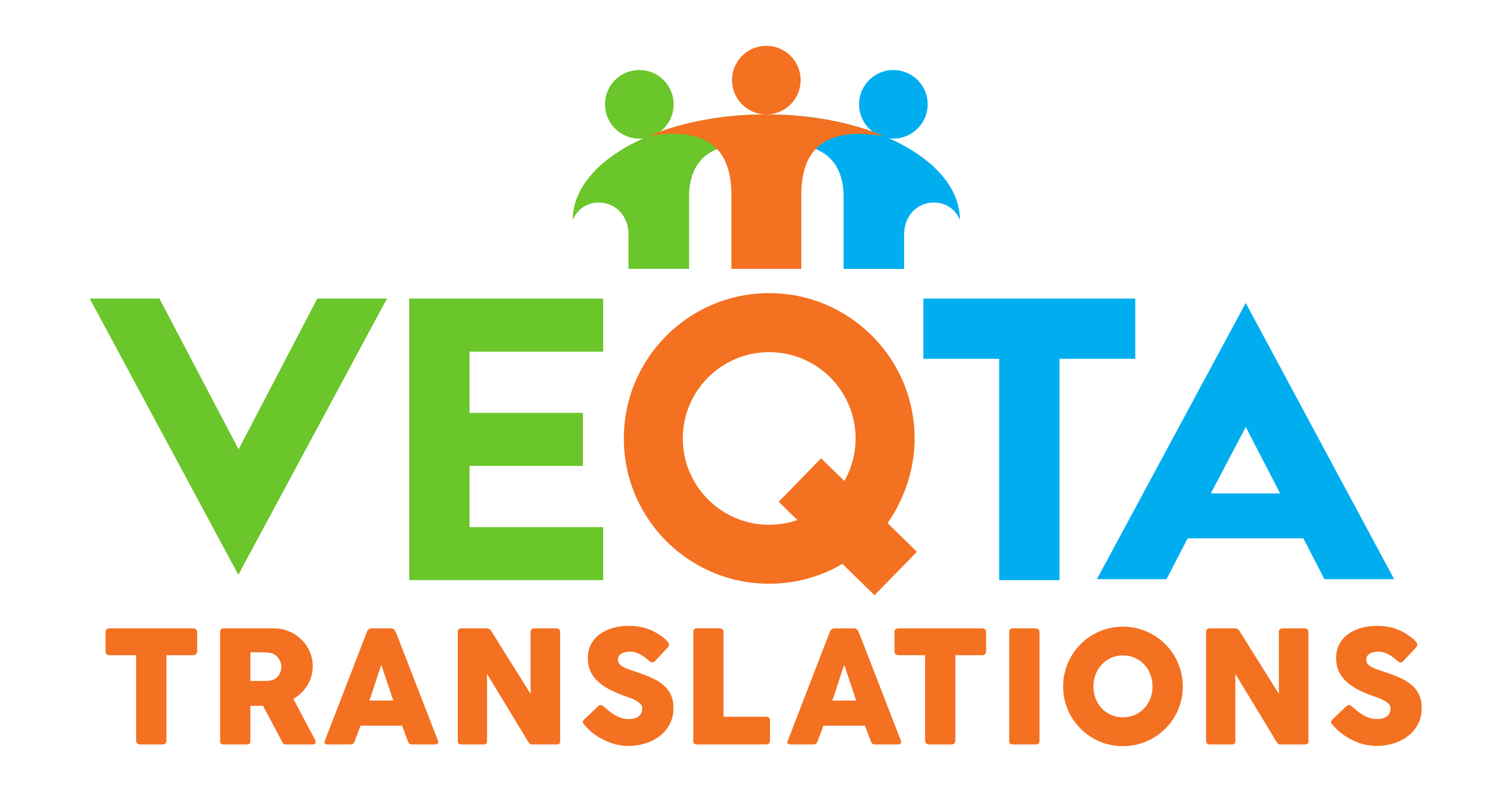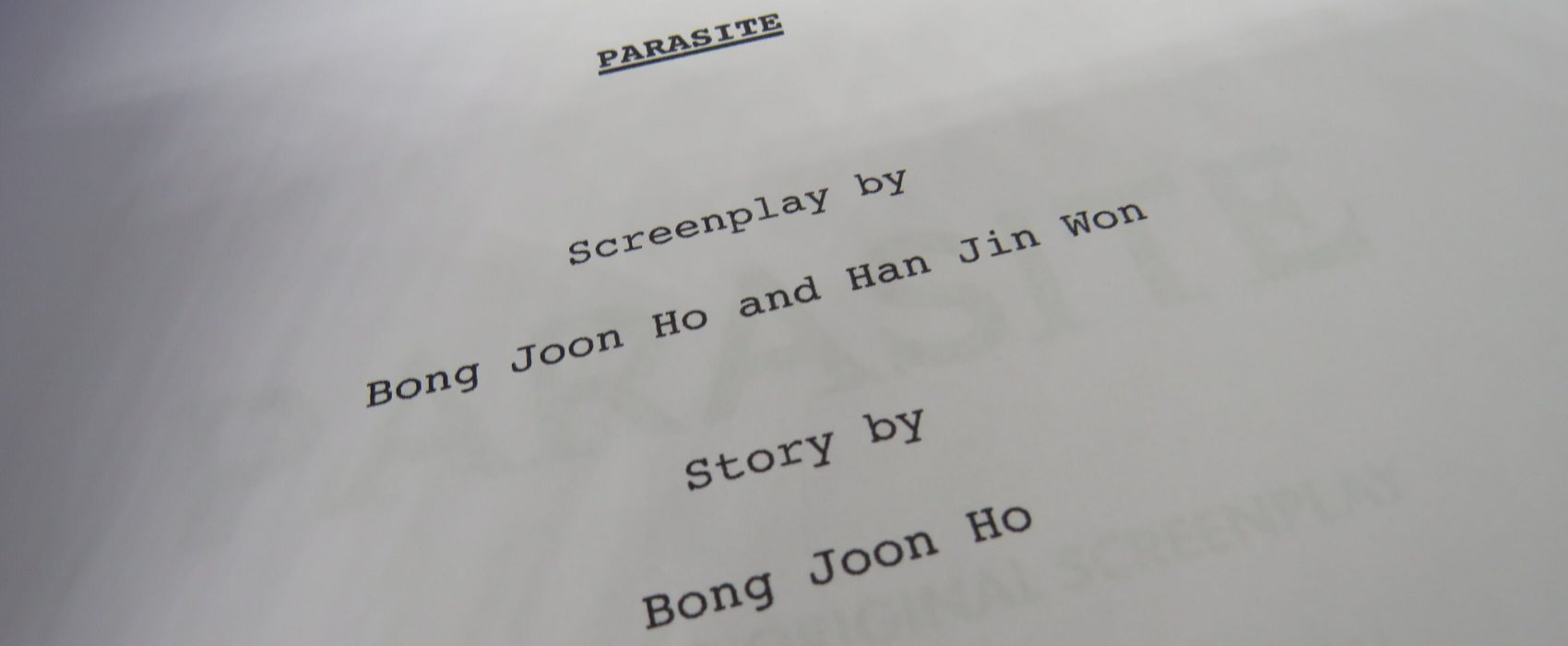Film dialogue is more than language—it’s emotion in motion. In Korean to English Localization, tone plays a decisive role in determining whether a scene feels authentic or disconnected. Korean scripts often embed layered meanings, subtle politeness, and emotional undertones. Translators act as interpreters of intent, shaping dialogue so that its emotional pulse survives across linguistic boundaries.
1. Understanding the Writer’s Intent
Every line in a screenplay carries mood and motivation. Translators analyze character arcs and context before choosing equivalents.
2. Emotional Fidelity over Literal Accuracy
Rather than translating word-for-word, professionals focus on emotional resonance. The goal is to evoke the same feeling for English audiences.
3. Tone Modulation by Scene Context
The same phrase can shift tone depending on situation. Translators adjust accordingly—softening, intensifying, or neutralizing dialogue for impact.
4. Translating Silence and Subtext
Silences in Korean scripts often imply emotion or decision. Translators reflect these pauses in pacing or stage direction, ensuring rhythm continuity.
5. Balancing Formality and Flow
Overly formal translation can sound stiff. Translators strike a balance, maintaining respectfulness while ensuring natural delivery in English.
6. Choosing Voice Appropriately
Characters differ in speech patterns. A translator tailors phrasing to reflect character traits such as confidence, timidity, or sarcasm.
7. Idiomatic Emotional Phrasing
Korean phrases for love, anger, or despair rarely match English idioms. Professionals craft alternatives that capture tone rather than literal text.
8. Adapting Cultural Emotion Markers
Expressions tied to Korean culture—such as gestures of gratitude—are translated into emotionally equivalent actions or lines.
9. Collaborative Review with Directors
Professional translators often consult with directors to ensure that dialogue tone matches visual storytelling intent.
10. Testing Translated Dialogue with Actors
Table reads of localized scripts help verify that emotional nuance feels genuine in English delivery.
Conclusion
Translating tone is interpreting emotion. Through empathy and craft, professionals in Korean to English Localization ensure that what was once spoken in Seoul can move hearts everywhere.
FAQs
1. Why is tone crucial in film translation?
Because tone determines how viewers perceive character emotion and intent.
2. How do translators adjust tone effectively?
By analyzing context, character, and visual cues simultaneously.
3. Can emotional nuance be lost in subtitles?
Yes, which is why phrasing and timing must be meticulously planned.
4. Do translators work with directors?
Often, yes—to ensure linguistic choices match artistic goals.
5. What defines a successful emotional translation?
Authenticity of feeling, not literal accuracy.


